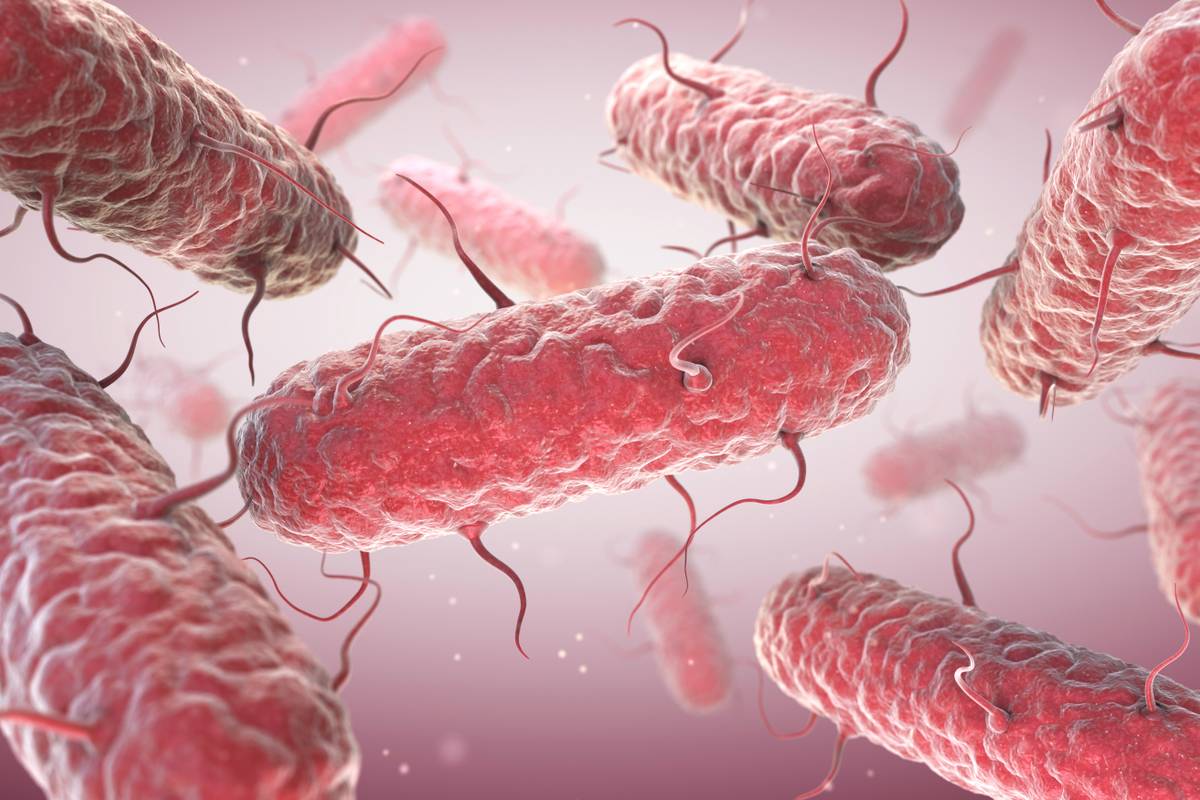Engineered Enzymes to Disrupt Bacterial Communication and Reduce Biocorrosion of Metals, Biofilm Formation and Virulence
A method to reduce bacteria-associated biocorrosion, biofouling, biofilm formation and virulence

Background
Bacterial biofilms present major challenges world wide and a vast array of different industries. In the case of construction and infrastructure, more than $300 Billion is lost from the US economy every year due to metal corrosion, which is drastically sped up by the presence of bacterial biofilms. Currently, to combat this biocorrosion and biofouling industry leaders heavily rely on copper, a toxic metal that harms the environment and is challenged by regulatory bans.
Biofilms are also a major source of infections in both plants and animals, as well as contamination of food products. It is estimated that 80% of all microbial infections and 60% of healthcare-associated infections (HAI) in humans are caused by biofilms. The societal costs of HAIs are estimated at between $96 to $147 billion annually. Unfortunately, because biofilms are resistant to antimicrobial agents and physically sticky (making them challenging to remove), current therapeutics have proven inadequate.
Breaking the lines of communication
Bacterial communication through quorum sensing is vital for formation of biofilms that cause biocorrosion, biofouling and infections (in plants, animals and humans). Quorum sensing has also been implicated in regulating bacterial virulence factors for the pathogens associated with cholera, infections in cystic fibrosis, and hospital-acquired infections. The pathogenicity of bacterial plant pathogens that cause soft rot, blackleg disease, fire blight and other plant infections is also regulated by quorum sensing.
Interfering with the mechanism of quorum sensing is a promising approach to mitigate against both biofilm formation (that causes biocorrosion, biofouling and infections) and bacterial pathogenicity. Communication in quorum sensing is often achieved through secretion of the quorum signaling molecule, acyl homoserine lactones (AHLs). Targeting AHLs using lactonase enzymes that degrade them is a powerful approach to interrupt bacterial communication and reduce subsequent biofilm formation and virulence factor expression.
Technology Overview
A method to reduce bacteria-associated biocorrosion, biofouling, biofilm formation and virulence through the use enzymes to disrupt bacterial communication. The lactonase enzymes engineered for stability and activity disrupt bacterial communcation through the breakdown of acyl homoserine lactones that serve as quorum signaling molecules.
The improved solubility, stability and longevity profile of these enzymes makes them ideal for use as anti‑infectives in material science/industrial applications as well as life science/health applications. Specifically, they can be incorporated in a variety of solvents or coatings, thus rendering them readily deployable on most surfaces.
Biofouling/biocorrosion prevention:
The improved enzymes are soluble in a variety of solvents (including organic) or coatings and retain activity long-term. Studies with submerged steel surfaces coated with lactonase-containing coating showed a 50% reduction in corrosion tubercles compared to surfactin (31%) and magnesium peroxide (36%) coatings. The robustness of these enzymes and their ability to combat biofilms and biofilm-mediated corrosion or clogging, lends them to a wide variety of industrial applications. These applications include: coatings for boat hulls, underwater structures, plumbing, fish tanks, fracking and oil pipes or as a coating or spray for surfaces to prevent contamination or infection ().
Biofilm prevention:
Significant human and veterinary medicine applications are possible where biofilm control is critical, for example biofilms associated with cystic fibrosis, bacterial endocarditis and urinary tract infections ().
Virulence reduction:
Engineered lactonases are appealing since their mode of action is outside the cells and are unlikely to elicit survival mechanisms that increase the likelihood of resistance development. These enzymes have been found to be non-toxic in animal feed studies and could be used to control microbial infections in the livestock industry, in crop production and post-harvest crop storage. Engineered lactonases have the potential to mitigate crop and livestock contamination without the introduction of chemical antibiotics into the food chain ().
Further Details:
- Evaluation of biological and enzymatic quorum quencher coating additives to reduce biocorrosion of steel doi.org/10.1371/journal.pone.0217059
Stage of Development
- Proof of concept
- Experiments have shown that the enzymes can successfully inhibit quorom sensing (and associated biofilm formation and biocorrosion of submerged steel)
- Experiments have shown that the enzymes can be added to a coating on steel, retain activity and prevent up to 50% of biocorrosion underwater.
- Animal feed study: Low toxicity as shown by an animal feeding study
Benefits
- Disrupts quorum sensing: Enzymes break down lactones used for bacterial communication thats important for virulence and biofilm formation
- Non-toxic: Based on research and animal feeding studies, no environmental or health hazards have been identified, which are commonly associated with biocidal compounds
- Robust and useable in diverse environments: Temperature, protease, acid and age resistant enzymes retain activity even in organic solvents or within a carrier matrix/coating
- Conventional production methods: Enzymes can be readily produced using fermentation
Applications
Prevent biofouling/biocorrosion
- Plumbing and sewage pipes
- Oil & fracking pipes
- Fish tanks
- Marine anti-fouling coatings: Boat hulls, steel infrastructure/docks, piping
Prevent biofilm formation
- Disinfecting coating or spray for food surfaces: processing plants, milk tanks, butcher, etc.
- Anti-microbial coating for medical devices/products: pacemakers, bandages, contacts, dentures, bandaids, etc
- Prevent food and post-harvest crop rot
Reduce virulence
- Animal feed to prevent livestock infections
- Crop treatment to prevent pre- or post- harvest pathogens
- Prevention of food contamination (spray/coat food products)
- Dietary supplement or skin cream to alter microbiome
Opportunity
This technology is now available for license. The university is excited to partner with industry to see this innovation reach its potential.